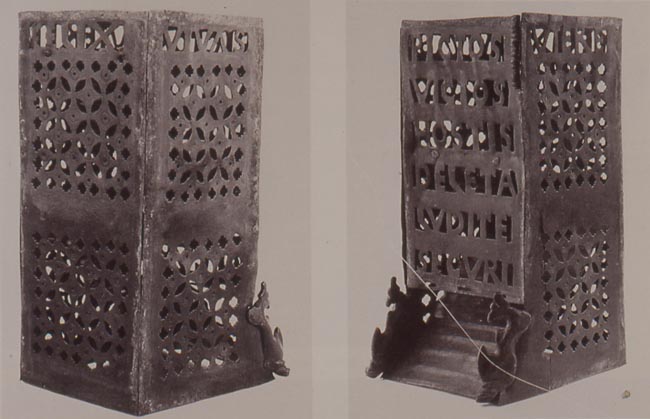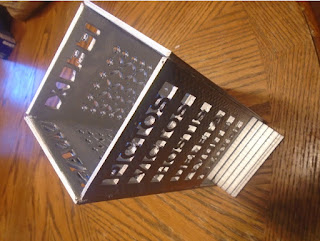Devices to ensure fair play in dice games go back a long way. The Greeks and Romans used devices like internally-ridged dice cups to make sure game players couldn't unfairly control the spin and roll of the dice.
And, of course, they invented the dice tower. The earliest known dice tower is a 4th century item found near Cologne.
I started playing with a 3d-printed implementation of it a while back, forgot, was reminded of it, and finally got around to finishing.
It's not a perfect implementation. It lacks the pine cones of the original (not included in the picture above), nor the little bells, nor the dolphins, but those can be added easily. It isn't hinged like the original (Lightweight PLA hinges? Nah.). And the steps appear to go up a bit higher in the original. Still, it gets the job done and looks reasonably Roman.
And for anyone interested in making their own, I've put the files on Thingiverse.
And, of course, they invented the dice tower. The earliest known dice tower is a 4th century item found near Cologne.
I started playing with a 3d-printed implementation of it a while back, forgot, was reminded of it, and finally got around to finishing.
It's not a perfect implementation. It lacks the pine cones of the original (not included in the picture above), nor the little bells, nor the dolphins, but those can be added easily. It isn't hinged like the original (Lightweight PLA hinges? Nah.). And the steps appear to go up a bit higher in the original. Still, it gets the job done and looks reasonably Roman.
And for anyone interested in making their own, I've put the files on Thingiverse.



Comments